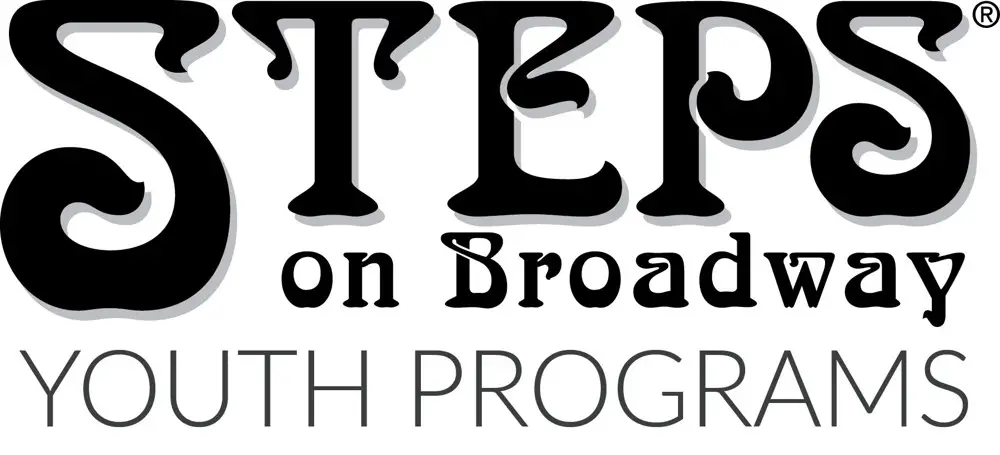
How to Talk to Your Kids About Gender Identity & Sexual Orientation
Experts share 6 tips for having these important conversations about gender and sexual identity with your children.
Get kid-friendly activities sent to you!
Get the Best Family Activities
Consider conversations ongoing.
Release the notion of a one-time, “big” talk on all things gender and sexual identity. “It doesn’t necessarily have to be sitting down with your 5-year-old and talking about what all types of sexuality exist,” Mateo Sharnbroich says. Instead, think of it as an ongoing discussion you’re having, that may evolve and deepen with your child’s age. This may help decrease your sense of urgency or stress.
If your child asks a question, and you’re not sure how to respond, you can look up the answer together, or tell your child you’ll get back to them after you do some research, Mateo Sharnbroich says. No need to make something up.
Show unconditional love and encourage acceptance.
“Make it really clear that your value system aligns with an inclusive, affirming approach,” Mateo Sharnbroich says. In other words: Live your values, be accepting, call out hateful language, avoid gendered phrases and assumptions, and show that your love for your child is big and unconditional.
RELATED: How to Celebrate and Learn About Pride All Year Long
Talking to Kids Who Have Come Out
For kids, it can be uncomfortable being the center of the conversation, Mateo Sharnbroich notes. Asking open-ended questions and talking positively about diversity show that you’re accepting, without turning an uncomfortable spotlight on your child as they share their sexual orientation or gender identity, he says.
Dr. Cohen recommends some additional supportive behaviors:
- Express your love: Coming out can be scary for kids (yes, still) so express love, affection, and support.
- Use appropriate language and pronouns: Respect and affirm your child’s name and pronouns. Similarly, allow them to wear clothing that supports their gender identity.
- Be welcoming: Invite your child’s LGBTQ+ friends to come to your house—make it a safe and welcoming space.
- Participate in welcoming communities: Make sure all the organizations and institutions your child interacts with—school, doctors, camp, sports, religious organizations, and so on—welcome both your child specifically and LGBTQ+ people generally, as well as people with a variety of gender identities.
- Build connections: Help your child meet other people in the LGBTQ+ community.
Above all, speak about your child’s identity or orientation openly. “Saying nothing can be hurtful,” Dr. Cohen says. Defend them against insults and negativity from others. Counteract lingering myths by believing that your child can and will be happy as an LGBTQ+ adult. And “explicitly tell them that they will have a good life,” he advises.
Helpful Resources for Parents to Talk to Kids About Gender Identity
Looking to learn more? There are plenty of parent-focused resources available.
Planned Parenthood
You’ll find age-by-age tips for talking about sex and sexuality as well as sexual orientation and gender identity.
Trevor Project
Find an array of resources about how to show support, plus answers to FAQs.
Gender Unicorn
The unicorn illustration graphic at this site, which is available in many languages, can help kids discuss their gender identity, gender expression, along with who they are physically and emotionally attracted to.
American Sexual Health Association
A rich source of science-based facts about sex and sexuality, with a helpful parent-focused page. ASHA is also behind the website iwannaknow.org, which provides information to teens and young adults.
Talk with Your Kids
The site’s Timeline Guide offers tips for how parents and caretakers can talk to kids about sex, sexuality, and gender from birth onward.





.jpg)


